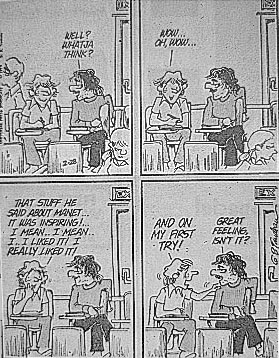Dear Visitor,
I’ve been studying and teaching art history for a long time; my first course while a college sophomore was a revelation. I enjoy introducing others to the beauty, mystery, and methods of art and ways to explore and appreciate it. I especially enjoy helping others find connections between previous experiences and art that is new to them.
Some of Art History’s Key Concepts / Guiding Principles:
Most works of art result from numerous decisions; at every step of the creative process, the artist chooses one course and rejects alternatives.
The meaning of a work of art can be thought of as the unity of its subject, its style, and its context.
Every material and process has advantages and disadvantages, such as speed of application, durability, quality of lines possible. Thinking “over the artist’s shoulder” about these considerations enhances insight into the work, its appearance and meaning.
Works of art are related to the times and conditions in which they were made. Some features of art are affected by artistic factors; for example: the painting styles of Rembrandt, Vermeer, and many other painters in 17th-century Europe were influenced by the dramatic realism of an Italian named Caravaggio. Other features of art might be affected by “extra-artistic” factors; for example, in the mid-1800s, chemists produced new substances that could be ground into powders and used to make paints more varied and brilliant than any available before. Painters in the American west, eager to depict the brilliance of prairie sunsets or the splendor of mountain vistas, took advantage of the new brilliant synthetic colors to make their paintings bolder and more colorful than had been possible before.
